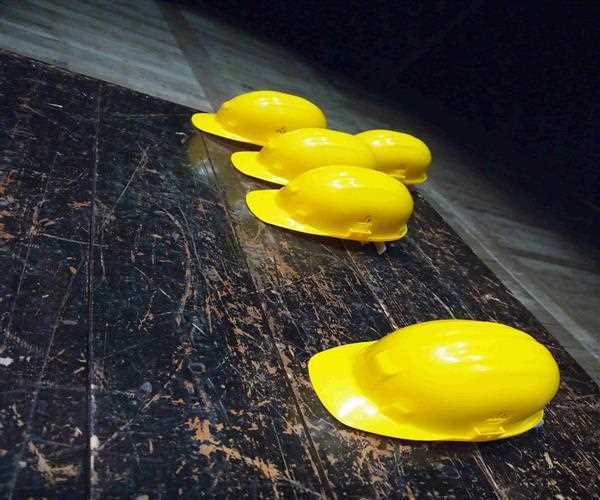The construction industry is thriving in 2019, and with the UK’s ever-increasing population, there has never been a greater demand for improved infrastructure within our cities. Along with high employment records, increasing wages, and plenty of demand for new buildings, the industry outlook seems overwhelmingly positive. However, there are some pitfalls within the industry that can negatively impact project timings and client results.
The problem of hazardous waste disposal continues to present itself at construction sites, and once these materials have been found onsite, they can disrupt entire development plans. This costs the business time and money. To combat the issue, construction developers are having to employ environmental consultancy experts to detect the waste as soon as it appears.
How can you combat hazardous waste?
The Health and Safety Executive state that waste is hazardous when it contains substances that are harmful to human health or the environment, although it is not required to have an immediate effect. Businesses have a responsibility for handling hazardous waste, however their duty of care will depend on whether they are a producer or holder, carrier or a consignee.
The most common types of hazardous waste are:
• Asbestos
• Chemicals
• Batteries
• Solvents
• Pesticides
• Oils
• Various equipment that include ozone depleting substances and general hazardous waste containers — which can be quite common in construction.
Reflecting on the above, these hazardous substances can come in various forms which could include solids, liquids, vapours, gases, and micro-organisms. However, under certain conditions a substance can exist in more than one form at the same time, which means businesses must be correctly equipped to handle them.
It has been reported that we produce 400 million tonnes of hazardous waste each year globally — that’s 13 tonnes every second. As this figure has significantly increased over time, governments around the world are applying pressure on businesses to keep waste to a minimum through the encouragement of prevent, reuse, recycle or recover waste in that specific order. This is known as The Waste Hierarchy.
Hazardous waste must be sorted and stored differently to general waste, with a focus on safety and security. As a standard, this waste can be categorised within four main sub-categories which will depend on the type of development you are working on:
• Construction
• Demolition
• Industry
• Agriculture
Once stored away, you must make sure that your waste is secure and labelled appropriately so that it can be easily identified. To prevent any contamination on your construction site, waterproof covers are recommended so that no waste can run off to any other area.
As well as the physical precautions you put in place, you must keep records to make sure that everything is accounted for. Before your waste management company comes for collection, you must also fill out a consignment note which is required when:
• Collections from businesses that are registered waste carriers.
• Movements from one premises to another within the same organisation.
• When another business has produced waste, movements from customer premises.
The consignment note is not needed when:
• The movement of domestic hazardous waste – other than asbestos.
• Waste has been imported and exported under international waste shipment controls that
require a different movement note.
There’s a lot to think about when it comes to hazardous waste on your next development project. Make sure you’re prepared ahead of your next build by analysing your site before putting plans in place or discussing with environmental consultants.




Leave Comment